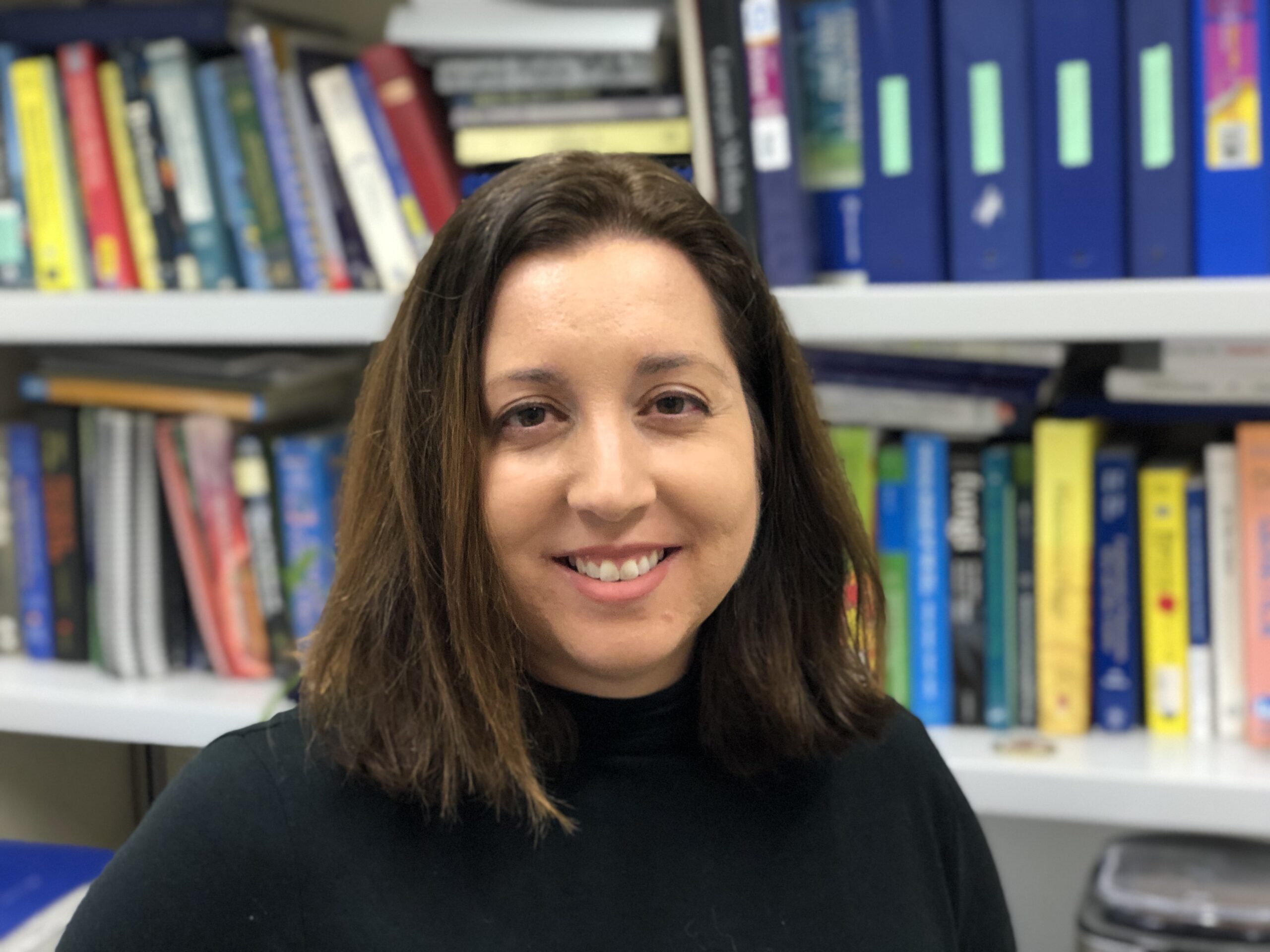From trash to treasure: Bioprospecting nature’s microbial communities for biotechnology
Michelle A. O’Malley, Ph.D.
- Professor in the Department of Chemical Engineering, Vice Chair in the Department of Biomedical Engineering, University of California, Santa Barbara
Friday, October 6th at 11:45 am
In-Person in SMBB 2650!
Anaerobic microbes work together in complex communities that decompose and recycle carbon biomass throughout the Earth – from our guts to landfills and compost piles. Despite their importance, little information exists to parse the role of each microbial member within their dynamic community. To address these knowledge gaps, we pioneered new techniques to isolate anaerobes from biomass-rich environments (e.g. guts and fecal materials of herbivores), characterize their shared metabolism, and build synthetic microbiomes to drive biomass to renewable chemicals. Herbivore fecal samples were challenged by different types of biomass during cultivation to identify important microbial partnerships; 10 billion metagenomic reads spread across 402 enrichment samples tracked biological diversity as the cultures converged to a set of stable microorganisms. Nearly 200,000 carbohydrate-active enzymes were identified from the fecal samples, and 724 genomes were assembled for previously uncultured microbes. Surprisingly, consortia dominated by anaerobic fungi generated more than twice the amount of methane compared to prokaryotic consortia, suggesting that fungi accelerate biomass breakdown and methane release in herbivores. Overall, our analysis points to natural compartmentalization between anaerobes as a means to degrade crude biomass, which can be exploited to harness nature’s microbes for sustainable chemical production using synthetic systems. For example, by combining anaerobic fungi with chain-elongating anaerobic bacteria in synthetic co-culture, we established a cross-feeding system that enables production of short and medium-chain fatty acids directly from lignocellulose. Using analogous bioprospecting approaches, we are currently selecting for plastic-degrading microbial communities in the herbivore rumen, as well as in the natural oil seeps of the Santa Barbara Channel.
